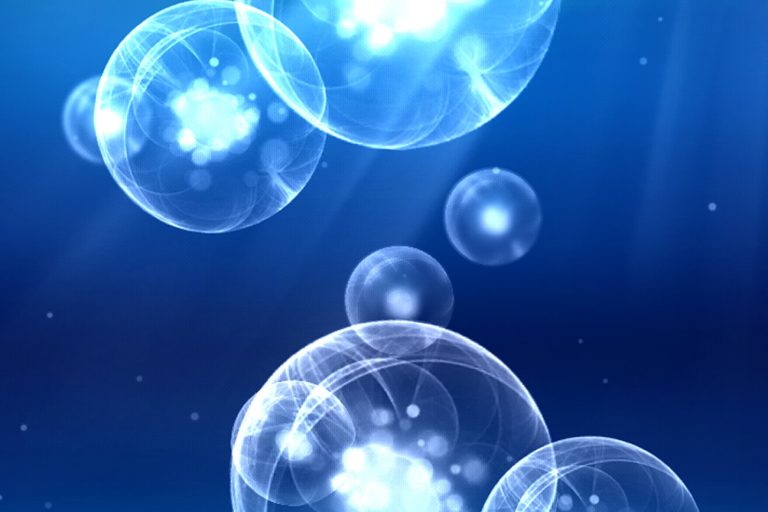Renewable Energy Potential from de Sea

In the following article, we will briefly analyze seawater, its properties, and how it can function as an available resource for the production of hydrogen and electrical energy, which are the objectives of the Hydro2coin project and the SeaWater2Energy ecosystem.
• Sea water is a solution of salts, so its physical properties are very different from fresh water and vary according to the amount of salts it contains.
Due to the great complexity that seawater presents in its composition and its richness in living beings, inorganic substances in suspension, and dissolved gases, some authors describe it as “a cloudy soup of living beings.”
• Sea water's physical properties can be divided into thermal, mechanical, electrical, acoustic, optical, and radioactive.
• A physicochemical analysis of seawater shows that ocean water is not pure but rather contains a wide variety of elements and chemical compounds called salts in solution, 96.5% and 3.5% of the latter.
The salts dissolved in seawater contain ten main elements in more significant proportions: chlorine, sodium, magnesium, sulfur, calcium, potassium, bromine, strontium, boron, and fluorine.
Chlorine and sodium are seawater's fundamental constituents and are encountered in the form of sodium chloride, known as common salt. It represents 80% of the salts in solution.
After chlorine and sodium, magnesium is the most abundant element in sea water, it is found in a constant relationship with chlorine. It combines with other elements forming magnesium chloride, magnesium sulfate and magnesium bromide.
Sulfur is found in the form of sulfates, compounds whose concentration varies little. However, their proportions can change significantly in the waters near the coast due to the influence of river waters, which are richer in sulfates than marine waters.
The amount of calcium contained in ocean waters is less than that of the previous elements, and its relationship with chlorine remains relatively constant.
The sixth element in abundance is potassium, which has a constant relationship with chlorine. In coastal areas, the amount of potassium can be modified as it is assimilated by the marine plants that cover the coastal bottom.
Bromine forms bromides; although its proportion is small, it has been extracted in industrial quantities, and it is used as a detonant in liquid fuels.
Strontium is an element encountered in ocean water but has yet to be studied; it is detected along with calcium due to the difficulty of separating it.
Boron is formed from boric acid and helps balance carbohydrates.
Fluorine constitutes fluorides, and little is known about its significance in the sea.
In addition to these elements that are found in greater proportions and constant concentrations in seawater, there are others that are dissolved in small quantities.
The composition of seawater allows it to have important electrical properties because it makes it an electrically conductive medium. The salt molecules dissociate into positive and negative ions when subjected to an electric field. These ions move in the opposite direction, producing currents.
The conductivity of seawater depends on the number of dissolved ions per unit volume (i.e., salinity) and the mobility of the ions (i.e., temperature and pressure). These electrical properties give seawater the ideal characteristics as a raw material for hydrogen production.
Seawater is the most abundant, widespread, clean, and economical source of renewable resources and raw materials for sustainable energy production.
In a future article, we will analyze hydrogen's potential as the energy source that will be most used in the near future.